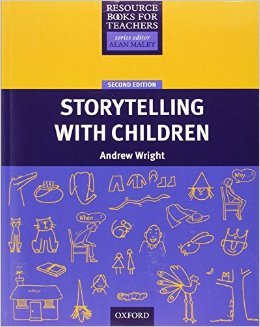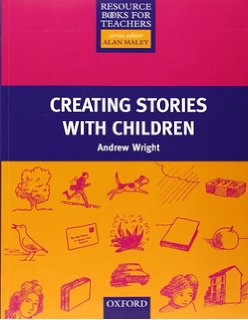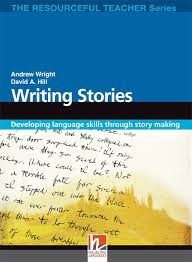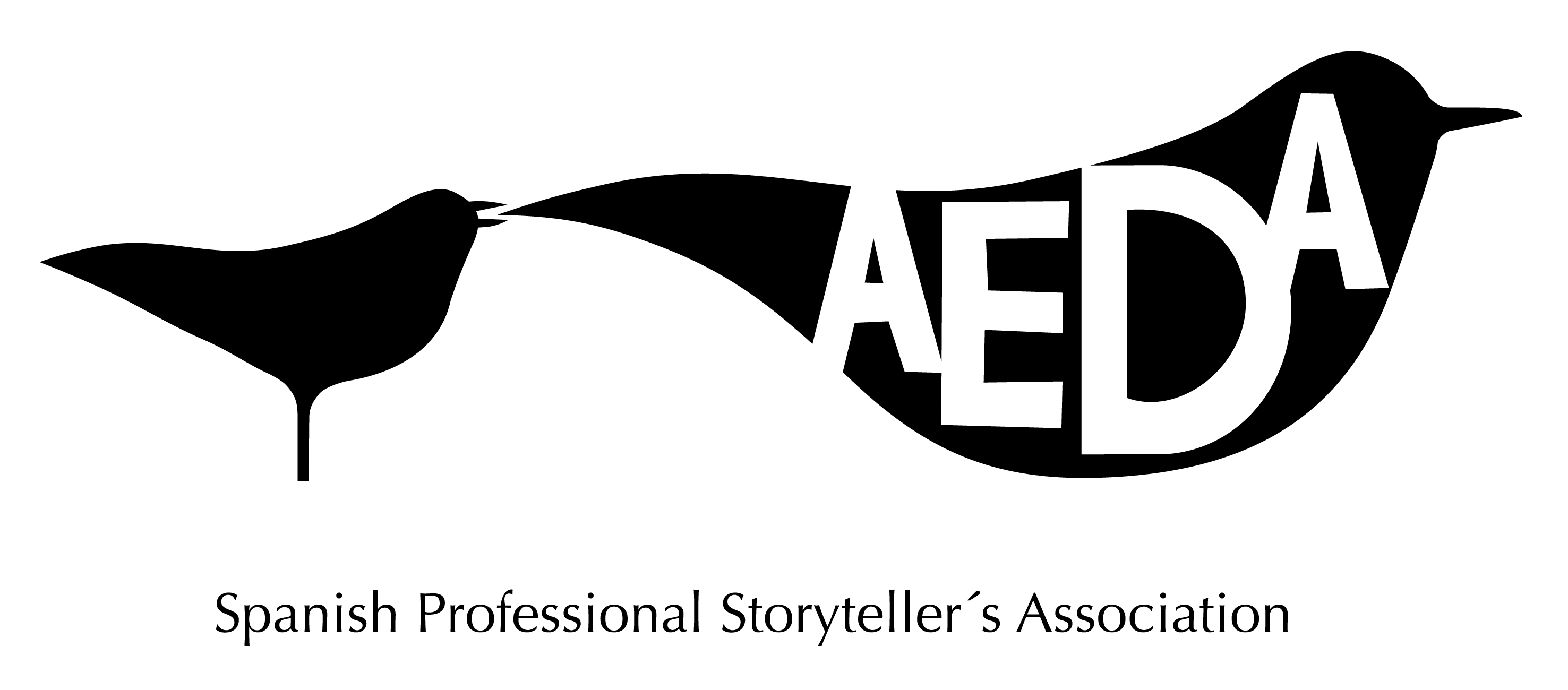What do teachers of foreign languages try to do and what do they need?
- Motivating: language teachers must engage the interest of the students.
- Introducing ‘new’ language in context…not just translation.
- Helping the students to experience the language emotionally not just to study it intellectually.
- Helping the students to develop fluency in listening and reading, speaking and writing.
- Finding topics which provide opportunities for more activities.
Stories are the multi vitamin and multi mineral food for the language teacher!
Stories offer a rich food for all five of the language teacher’s needs!
Old ways of using stories in language teaching
The traditional way of using stories was (and is!) to ask the students to translate the story word by word and then to ask comprehension questions at the end.
For most students this is a disaster; it kills the story. The student is not involved emotionally and is involved in pedantic intellectualism which for most students is unpleasant and ineffective in terms of motivating the student to like the language and to feel that it is an alternative to their mother tongue.
New ways of using stories in foreign language teaching
In this short article I can only summarise a few of the many ways of involving the students in stories in the foreign language lesson. In my books I describe hundreds of activities which the students can do.
The first thing to say is that just asking the students to listen to a story or to read a story, in the foreign language is already a potentially rich source of language development. And this may mean not asking the students to do anything at all except listen or read. If you want to know more about the huge amount of research done on this approach check out: Stephen Krashen.
The purpose of activities related to the story can include:
Helping understanding
Increasing engagement
Developing fluency
Here are some examples of activities listed under:
Before listening to or reading the story
While listening to or reading the story
After listening to or reading the story
Before listening to or reading the story
To help understanding you can show the book to the students IF you are using one…discuss the cover title and picture and any illustrations in the book. This begins to focus their minds.
If you are telling the story you might be able to connect the story to a current event or experience shared with the class.
You might be able to show pictures or objects related to the story. The class describe what they see and begin to get ‘meanings’ ready for the story they are going to hear or read.
I sometimes draw 3 to 5 simple pictures on the board which I know will help the students to understand key stages in the story.
While listening to or reading the story
Perhaps no activity at all or perhaps you stop and ask, ‘what will happen next?’ If there is a key word or phrase which is important for them to understand I might, in the flow of the telling, give them the word in the mother tongue. If I am telling the story then I will mime most of the action and draw or show pictures to increase understanding.
After listening to or reading the story
After listening to the story you might ask the students to tell their neighbour their favourite bit of the story…or to tell their neighbour what they thought of the story.
In the next lesson I might tell them that I will re-tell the story but that I cannot remember all the details so they must stop me if I get it wrong.
‘Once upon a time there were four little pigs…’
‘Three little pigs!’
‘Oh, yes, thank you! Once upon a time there were three little pigs…’
You might like to ask the students to draw key parts of the story…perhaps asking the students to work in pairs or threes and to do the pictures A3 in size. You can then put them on the classroom wall in sequence or keep them in sequence to help the students to re-tell the story.
In a re-telling you might ask them to act out all the story or parts of it. I involve all the students in this by asking some to be trees or to hold hands and make the rectangle of a room as well asking some to be protagonists.
Aspects of using stories in language teaching not touched on in this article
Creating stories orally and in writing
This is a very different way of using stories and is thoroughly covered in my two books, ‘Creating Stories with Children’ and ‘Writing Stories’.
The craft of telling stories well
Helping the children to develop the skills of story telling is time well spent. Everybody wants to be interesting and to be able to hold the listeners’ attention!
A health warning
All you storytellers know the story about the goose that laid the golden eggs. The farmer wanted to find out what the secret was so he killed the goose and cut it open! No more golden eggs.
It is very tempting for language teachers to use AND abuse stories in their teaching and in doing so to kill off the motivation of the students which stories can provide. Don’t use stories in order to test the children or as cadavers for practising surgery!
Further reading
Why invent the wheel when there is so much available in publications? There will always be room for your creativity to play its part!
David Heathfield, Storytelling with our Students: Techniques for telling tales from around the wolrd. DELTA Publishing
David Heathfield, Spontaneous Speaking: Drama Activities for Confidence and Fluency. DELTA Publishing
More: www.davidheathfield.co.uk

Andrew Wright. Storytelling with Children. Oxford University Press
About forty stories and lesson plans plus about one hundred activities you can do with any story. Various other supportive chapters eg tips on telling.

Andrew Wright. Creating Stories with Children. Oxford University Press
Many ways of helping children to create stories as indivuals or as a whole class working together. Activities include making stories with a limited range of language.

Andrew Wright and David A. Hill. Writing Stories. Helbling Languages
This is a book more suitable for teenagers and adults rather than small children. It is a ‘serious’ craft of story writing book! With many practical ideas!
Websites
andrewarticlesandstories.wordpress.com
I have put on to this site a lot of stories and articles about using stories in language teaching. Also several hundred pictures I have used in storytelling.

Andrew Wright has worked as a storyteller in about forty countries. He is also an author and has published, ‘Storytelling with Children’ and ‘Creating Stories with Children’ with Oxford University Press. He has also published, ‘Writing Stories’, (co-author David A. Hill) with Helbling Languages. He is as happy telling stories to adults as he is to children. Most of his storytelling has been in the context of teaching English as a foreign language but he has also had stories and pictures on the BBC, ITV and WDR.
This article is part of AEDA´s 37th Bulletin: Storytelling in the classroom









